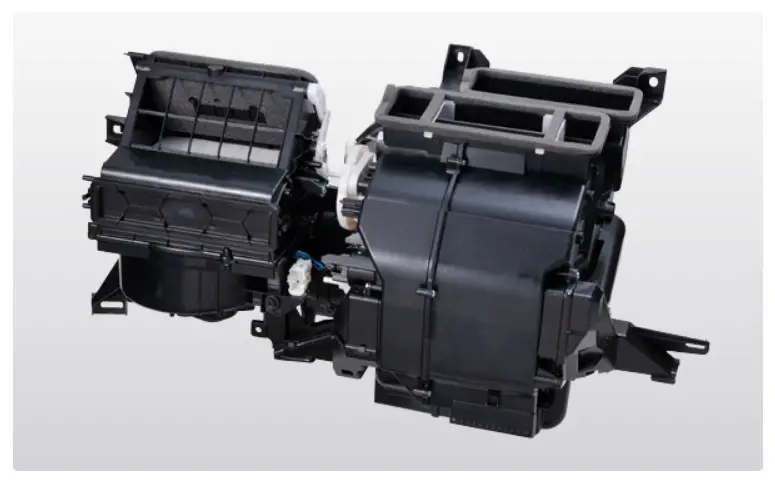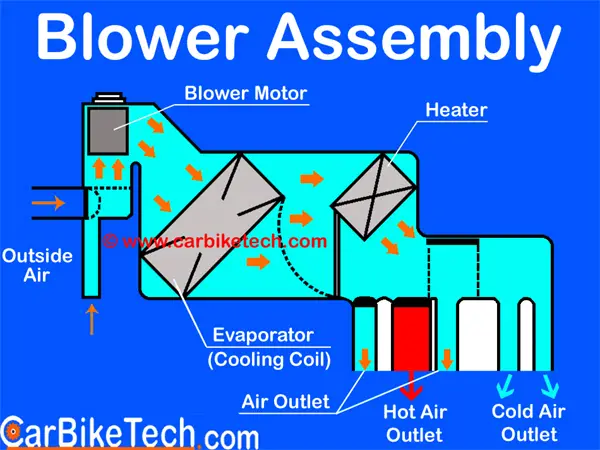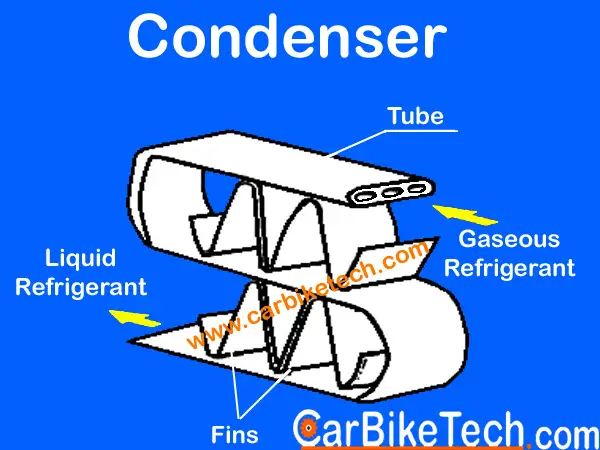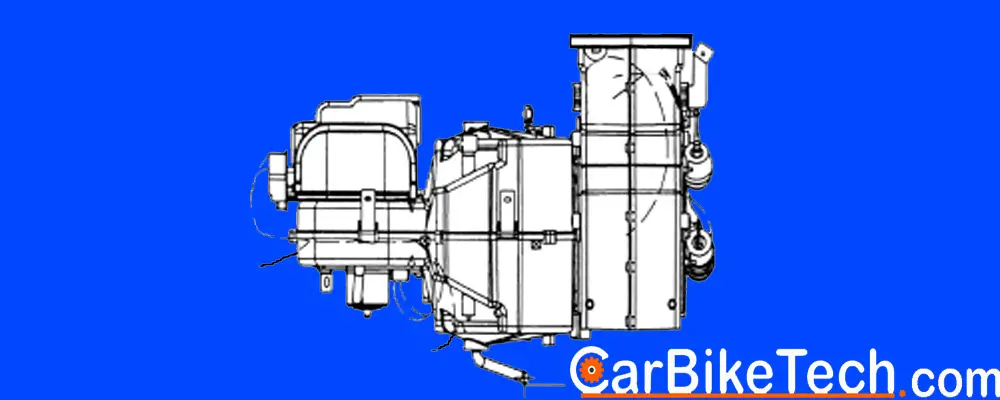What is HVAC?
Earlier generation cars mainly employed an Air conditioner. However, it only cooled the cabin air. It was not capable to control the temperature of the air effectively; especially in winters. So, it caused discomfort to the occupants. To improve this situation, automotive engineers developed the second-generation HVAC systems for vehicles.

Manufacturers use HVAC technology for achieving better vehicular environmental comfort. Thus, it maintains the thermal indoor air quality. The term HVAC stands for ‘Heating, Ventilation and Air Conditioning’. HVAC also provides the heating of air along with the car’s air conditioning system. The air is heated using the heat from the engine’s cooling system. Today, most cars employ the HVAC system.
Working of HVAC System:
The manufacturers use this technology to provide a comfortable environment in vehicles. It provides thermal comfort and improves indoor air quality. HVAC works on the principles of thermodynamics, heat transfer and fluid mechanics. It is a sub-division of the Air conditioning system. This system comes with a blower unit, a compressor, and ancillaries.

HVAC system uses a heater to warm the air. It uses the heat from hot water in the engine cooling system. The HVAC also uses an evaporator to cool down the air through the evaporation of refrigerant gas. This creates the most ideal cabin temperature according to the operation of the instrument panel.
Another important function of the air conditioner is defogging the window and dehumidifying the cabin. So as to prevent the window from fogging, modern car air conditioner initially cools the air; a little lower than what the user sets. Later, the system adjusts the temperature as set by the part of passing cooled air over the heater.
Heat Exchanger:
The Heat Exchanger efficiently transfers the heat from one medium to another without having direct contact or without mixing either of them. The manufacturers use the Heat Exchangers in refrigeration, air conditioning, and power plants, etc.
The heat exchanger used in the internal combustion engine is the best example of its kind. Here, the radiator coils allow the engine coolant to flow through them. However, the air flows through the coils and lets the coolant cool down. At the same time, it heats the air that comes into the cabin.

In an air conditioner, there are two heat exchangers. One of them comes with an evaporator unit. It contains the refrigerator liquid that flows into the low-pressure system tubes through a small hole.

When the vapor expands, it extracts the heat from the air and passes between these tubes. After that, the system pumps the vapor into the condenser located in front of the car and nearer to the radiator. Here, the condenser expels the heat to the surrounding air while condensing the A/c gas back to the liquid.
Read More: How Automatic Climate Control Works?>>
